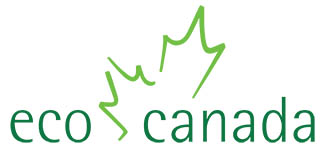The creation of Nunavut
Credits: agnesa berisha
no copyright intended.
Nunavut is the largest, northernmost, and newest territory in Canada. “Nunavut” translates to “our land” in Inuktitut, which is the language of the Inuit. It was separated from the Northwest Territories on April 1st, 1999, and became its own independent territory. The creation of this territory resulted into the largest aboriginal land claim agreement between the Canadian government and the native Inuit people. The discovery of oil in the Northern regions of Canada during the 1960’s and the 1970’s stimulated aboriginal groups to bring several claims against the Alaskan and Canadian government. The Inuit, who make up 83% of Nunavut’s population, are one of the first indigenous people in the Americas to achieve a self-government, which has been the goal for the Inuit in the Northwest Territories since the early 1970’s. Nunavut also makes up many social and economic issues. Some of the issues include housing shortages, health problems, poverty, extremely high unemployment rates, and many more.The richness of Nunavut’s natural resources can provide a strong economic base, but public investments are needed to ensure that this activity has a positive impact on the quality of life of Nunavut. In conclusion, the creation of Nunavut resulted in the first major change to Canada’s map since the incorporation of the “the new province of Newfoundland and Labrador” in 1949. The separation of the Northwest Territories, and the creation of Nunavut is a sign that the Inuit and First Nations people still keep their land, as well as voice and a right in decisions being made.
Have a video, podcast or story you would like featured here contact us with full information.
This article comes from NationTalk:
https://nationtalk.ca
The permalink for this story is:
https://nationtalk.ca/story/the-creation-of-nunavut
Comments are closed.




















